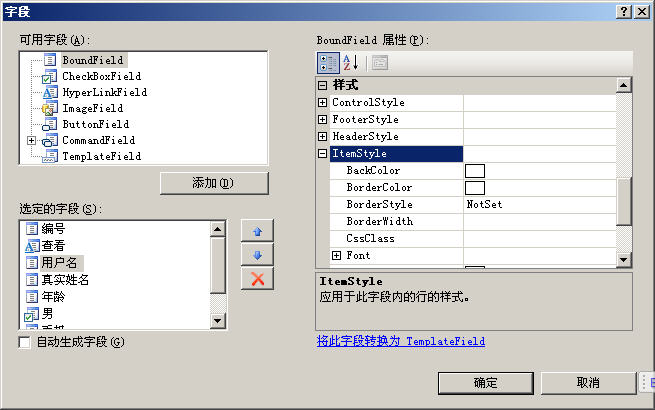当前位置:编程学习 > C#/ASP.NET >>
答案:常见的处理方法是,在用户登录时,判断此用户是否已经在Application中存在,如果存在就报错,不存在的话就加到Application中(Application是所有Session共有的,整个web应用程序唯一的一个对象):
string strUserId = txtUser.Text;
ArrayList list = Application.Get("GLOBAL_USER_LIST") as ArrayList;
if (list == null)
{
list = new ArrayList();
}
for (int i = 0; i < list.Count; i++)
{
if (strUserId == (list as string))
{
//已经登录了,提示错误信息
lblError.Text = "此用户已经登录";
return;
}
}
list.Add(strUserId);
Application.Add("GLOBAL_USER_LIST", list);
当然这里使用Cache等保存也可以。
接下来就是要在用户退出的时候将此用户从Application中去除,我们可以在Global.asax的Session_End事件中处理:
void Session_End(object sender, EventArgs e)
{
// 在会话结束时运行的代码。
// 注意: 只有在 Web.config 文件中的 sessionstate 模式设置为
// InProc 时,才会引发 Session_End 事件。如果会话模式设置为 StateServer
// 或 SQLServer,则不会引发该事件。
string strUserId = Session["SESSION_USER"] as string;
ArrayList list = Application.Get("GLOBAL_USER_LIST") as ArrayList;
if (strUserId != null && list != null)
{
list.Remove(strUserId);
Application.Add("GLOBAL_USER_LIST", list);
}
}建议学习一下Request和Session这两个对象。




